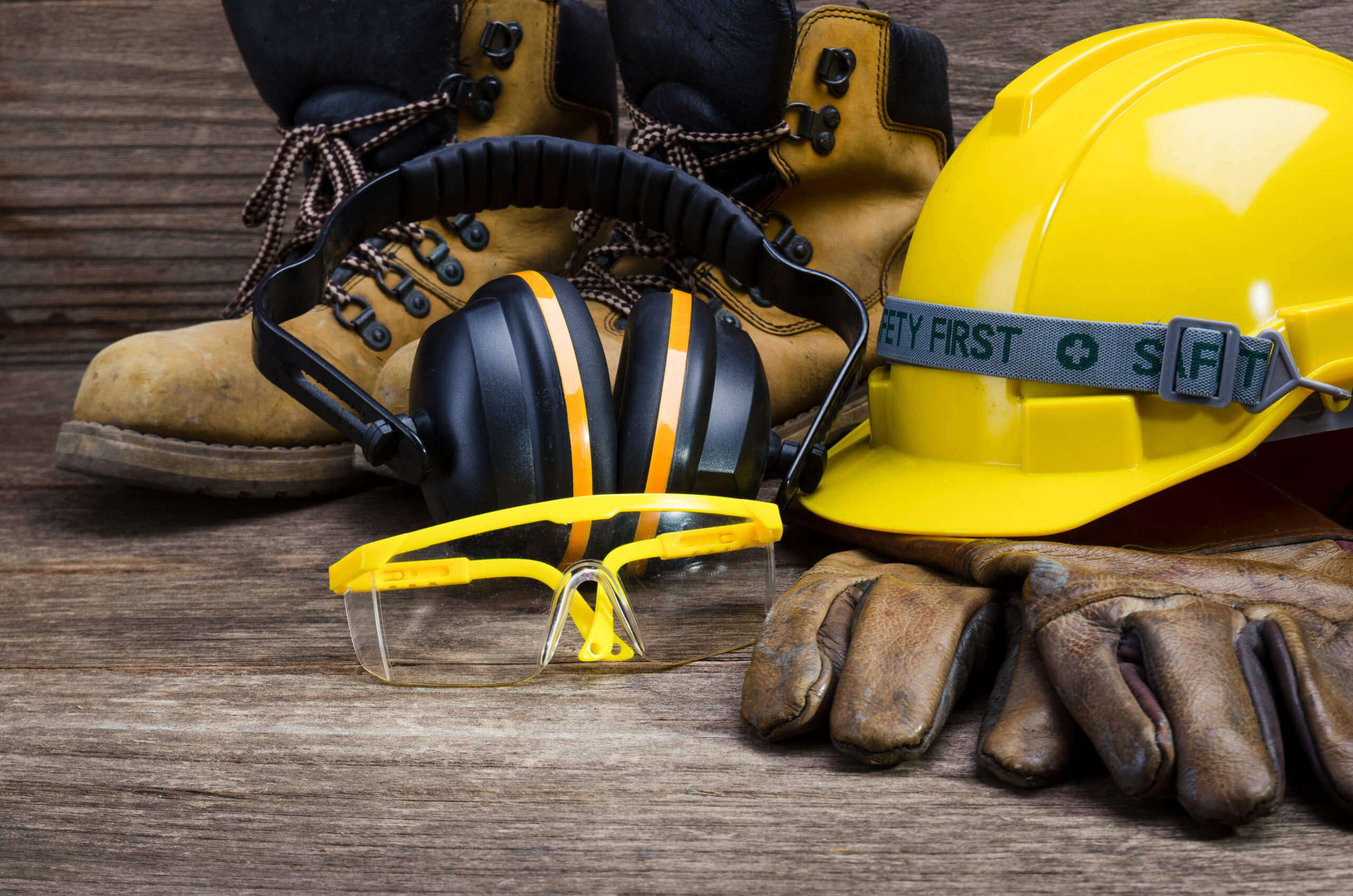
The construction industry trails only the packaging sector as one of the biggest users of plastics, due in large part to the material’s versatility as a safety shield, insulator and conduit. Even during the COVID-19 pandemic, the housing market proved to be one of the most resilient sectors of the economy as residential construction projects multiplied thanks in large part to plastics and plastics employees who continued to show up for work.
As communities across the United States plan for new construction projects through the American Jobs Plan and Build Back Better infrastructure plan, it’s worth looking at how plastics are not only used to make stronger, more efficient, more durable structures, but how they protect construction workers while projects are underway, as well as the people inside once structures are in use.
All the best attributes of plastics make it ideal for safety applications in construction, a crucial consideration on any work site. In fact, plastics are one of the most common hard hat materials – offering high impact and electrical protection, while remaining affordable. Although hard hats are one of the most recognizable pieces of safety gear, plastics in construction safety go far beyond. Both malleable and strong, plastics can be found in protective wear including safety glasses, composite toe boots, cut resistant safety gloves and more.
Plastic is also incredibly lightweight, especially when compared to alternative materials like metal. Without plastics, workers would have to use heavier, bulkier tools that would ultimately be more dangerous to use.
Workers don’t have to wear the plastics to benefit from their protection. Plastic sheeting, also called C&A Film or construction and agricultural film, is highly durable, can withstand extreme temperatures and has UV inhibitors, making it perfect to protect materials and workers during construction. Sheets can be hung as makeshift walls or ceilings, or used as protective layers during construction projects, providing cover for workers and materials.
Plastics keep more people safe by making buildings and homes stronger, last longer, and require less maintenance. In the construction industry, plastics are most commonly used for seals, pipes, cables, flooring, and insulation due to unique characteristics that make them suitable for these applications. They are also used extensively in indoor mechanical fixtures, like child safety locks, smoke alarms, carbon monoxide detectors, and electrical cord protectors.
High performance plastics have a lower risk of failure and are not affected by compression or temperature shifts, which make them suitable for all applications, inside and out. Plastics used for encasing electrical cords and wire throughout homes ensure that residents are safe from dangerous currents. Meanwhile, ground fault circuit interrupters (GFCI), which are made of plastic and are installed when cables pass near water sources, trip when an electrical circuit is overloaded to protect those using sockets.
While plastics are a superior material for construction applications, they are also lighter and more compact than traditional alternatives making them ideal for transport between and on work sites. This means that more products can be loaded into fewer shipments, significantly increasing fuel and energy efficiency.
Plastic materials ensure that buildings and houses are also more energy efficient. Through innovative insulation materials made from plastic polymers, like expanded polystyrene or extruded polystyrene, buildings can save over 200 times the energy used during the production process. One study found that the use of plastic building and construction materials saves 467.2 trillion Btus (British Thermal Units) of energy in just one year, equivalent to the average annual energy needs of 4.6 million U.S. households, compared to traditional materials.
Vinyl window frames are more efficient and save U.S. consumers nearly 2 trillion Btus of energy per year, which is helping to reduce the greenhouse gas emissions associated with energy use in homes. Meanwhile, innovative plastic wrap technologies create additional barriers in walls and ceilings to keep heated or cooled air from leaking. These solutions have helped reduce greenhouse gas emissions in the U.S. by as much as 120 to 600 million tons of CO2 since the 1980s.
Innovative, long-lasting, and high-performing plastic materials are vital to the construction sector, and to programs like the American Jobs Plan, because they ensure that workers and consumers are safe at every step of the construction and end-product process. Even more, these plastic solutions are helping to reduce emissions and support the United States in its climate change goals.